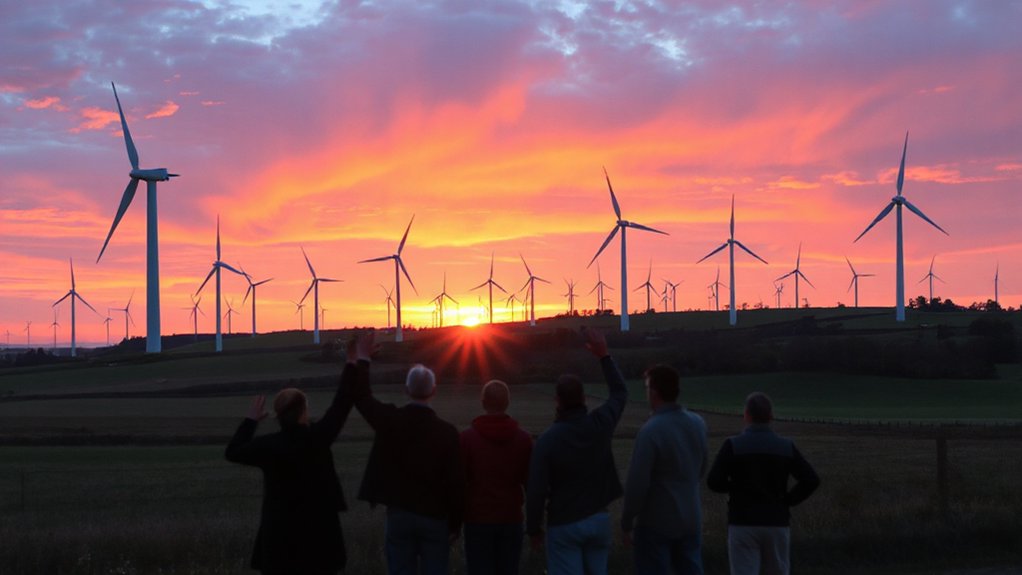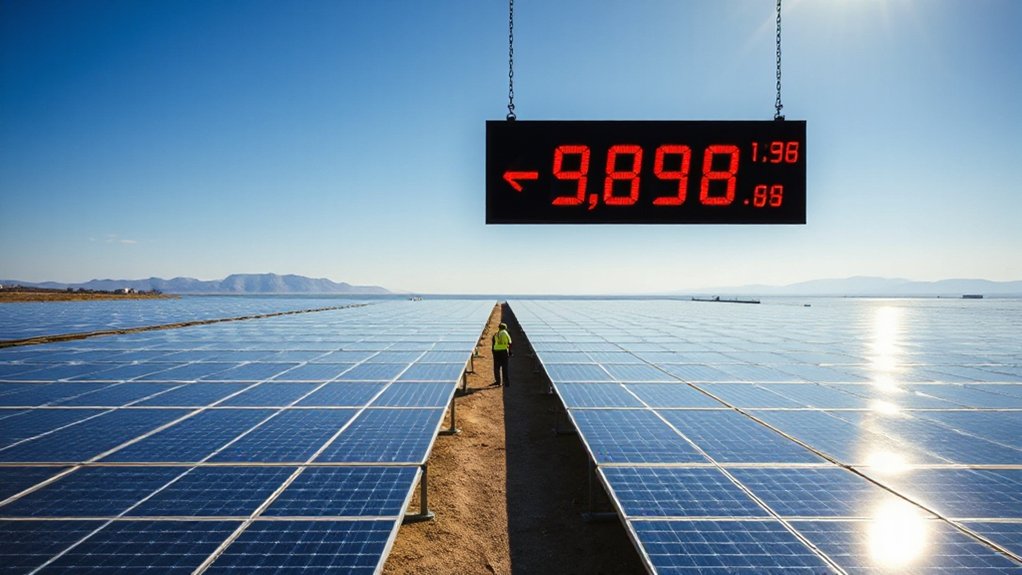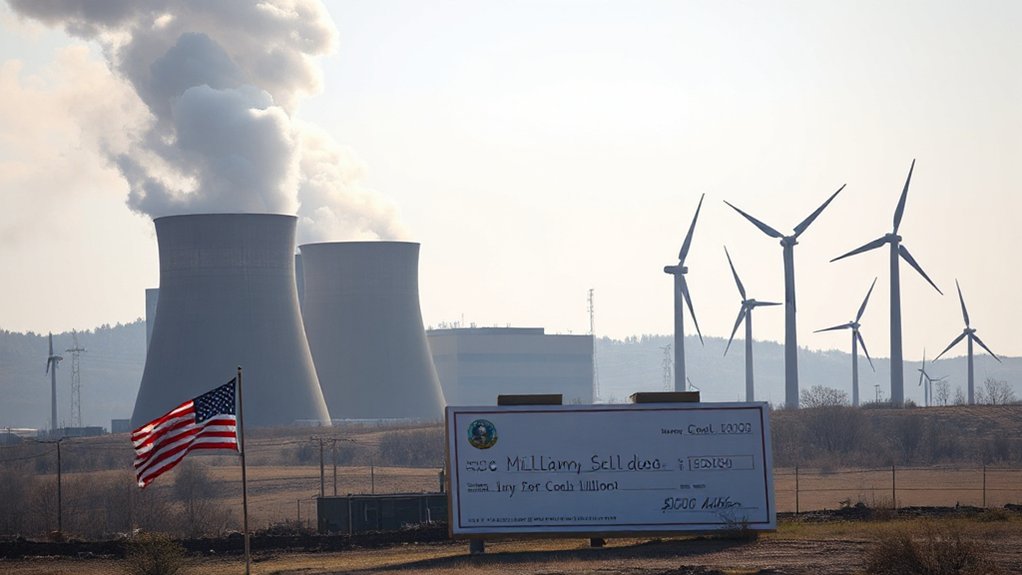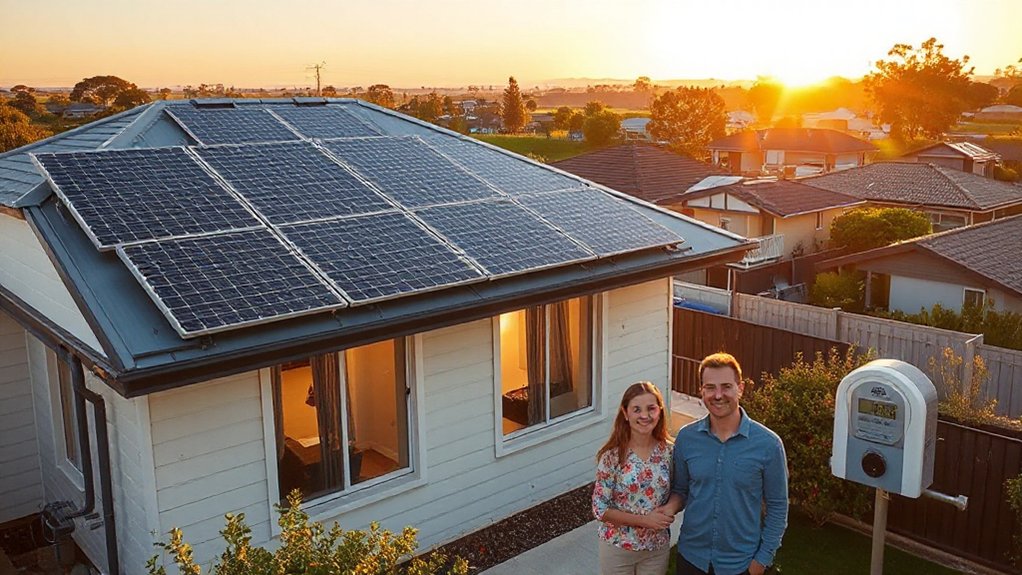Ontario Premier Doug Ford has threatened a 25% tariff on electricity exports to several U.S. states, including New York and Michigan. This comes in response to Trump’s proposed tariffs on Canadian goods. Ford even suggested completely cutting off power if necessary. The move could raise U.S. electricity prices and create grid reliability issues in states that heavily depend on Canadian power. The interconnected energy systems between both countries face mounting pressure amid rising demand.
As tensions escalate between the U.S. and Canada, Ontario Premier Doug Ford has threatened to impose a 25% tariff on electricity exports to neighboring American states. This move targets Minnesota, Michigan, and New York in direct response to President Trump’s proposed 25% tariff on Canadian goods. Ford has gone further, saying he’s willing to cut off power completely if necessary.
The threat has caused concern in the U.S., especially in New York, which relies heavily on Canadian electricity. Michigan would also feel significant impacts, while Minnesota might experience fewer disruptions. The interconnected grid system between the two countries is crucial for maintaining power stability and reliability across regions. Experts warn this could lead to higher electricity prices and grid reliability problems.
Canada exported 33 TWh of electricity to the U.S. in 2023, generating $5.8 billion in revenue. Ontario and Quebec lead Canadian provinces in electricity exports. The two countries have deeply interconnected energy systems that help balance both power grids. This cross-border energy exchange has helped reduce carbon emissions by allowing regions to access cleaner power sources.
New England imported 9% of its electricity from Quebec and New York in 2024, while New York brought in 8.8 million MWh from Canadian generators. This relationship goes both ways – British Columbia imported 18% of its electricity from the U.S. in 2023.
This dispute comes as Canada faces growing energy challenges. Canadian grid demand is expected to double by 2050, with Ontario forecasting a 60% increase over 25 years. Quebec needs to double its generation capacity in the same timeframe. AI and data centers are driving unprecedented power demand.
Canada already projects a 15% shortfall in power generation by 2034 and needs to double grid capacity in the next 21 years. The federal government has committed over $40 billion over the next decade to address these infrastructure needs. Provinces are racing to build new power plants while trying to meet clean energy targets.
The tariff threat could worsen trade tensions between the nations. Meanwhile, Quebec is investing $185 billion to secure its provincial supply, and Ontario is building new nuclear plants to meet 2029 demand. Consumers in both countries worry about rising electricity costs.









